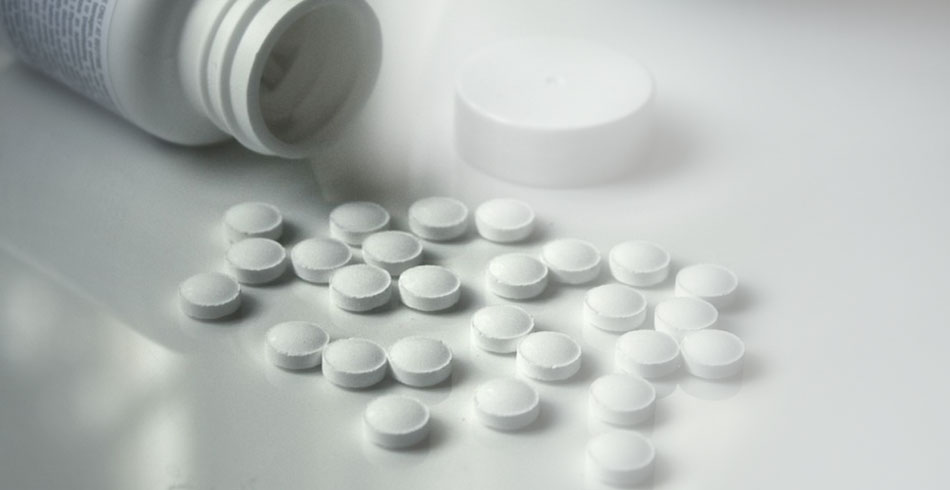 Glutathione [gloo-tuh-thahy-ohn] has become known as one of the quintessential antioxidants of the body, yet supplementation has been limited to IV injections, which require a visit to a medical clinic and can be both costly and invasive.
Glutathione [gloo-tuh-thahy-ohn] has become known as one of the quintessential antioxidants of the body, yet supplementation has been limited to IV injections, which require a visit to a medical clinic and can be both costly and invasive.
Poor Bioavailability
There are hundreds of commercially available products containing Glutathione. The problem is none of them work, because they are oral capsules. Glutathione does not absorb well from the gastrointestinal tract when taken orally, even in high doses.1 This is probably due to hydrolytic enzymes that break it down after ingesting.2
Disadvantages of IV Injections
Intravenous glutathione therapy requires a visit to a medical clinic. There can be difficulty in finding a clinic that offers this treatment in certain areas and the office visit takes between 30 minutes to an hour to complete. The cost is also a drawback for many since the treatment and clinic visit can cost $250. Also, there are some who are anxious about any type of injectable dosage form, regardless of time and cost. Fortunately there is an alternative.
An Alternative Dosage Form
Orally-disintegrating tablets, also known as melt-away tablets, are placed on or under the tongue or in the buccal cavity. The tablet dissolves within a few seconds and the active ingredients absorb through the oral mucosa in a minute or two. The price for a month’s therapy is substantially less than one IV treatment and takes less than a minute to administer.”
Many drugs, including large, multiple-chain, protein complexes have been shown to easily pass through the oral mucosa.3 Thus providing a convenient and economical alternative to those who are uneasy receiving intravenous doses and find injections uncomfortable and even painful.
Orally-disintegrating glutathione tablets are much more convenient and economical compared with IV injections. Since glutathione taken orally does not absorb, capsules are a waste of money. Therefore there is only one viable option for providing your body with this powerful anti-oxidant.
References
- Witschi, A.; Reddy, S.; Stofer, B.; Lauterburg, B. H. (1992). “The systemic availability of oral glutathione”. European Journal of Clinical Pharmacology 43 (6): 667–9.
- Kerksick, C.; Willoughby, D. (2005). “The Antioxidant Role of Glutathione and N-Acetyl-Cysteine Supplements and Exercise-Induced Oxidative Stress”. J Int Soc Sports Nutr 2(2): 38-44. doi: 10.1186/1550-2783-2-2-38.
- Dahl H.; et. al. (2004). “Bioavailability through the Oral Mucosa.” Scandinavian Journal of Pharmacology 29 (4): 332-8.
